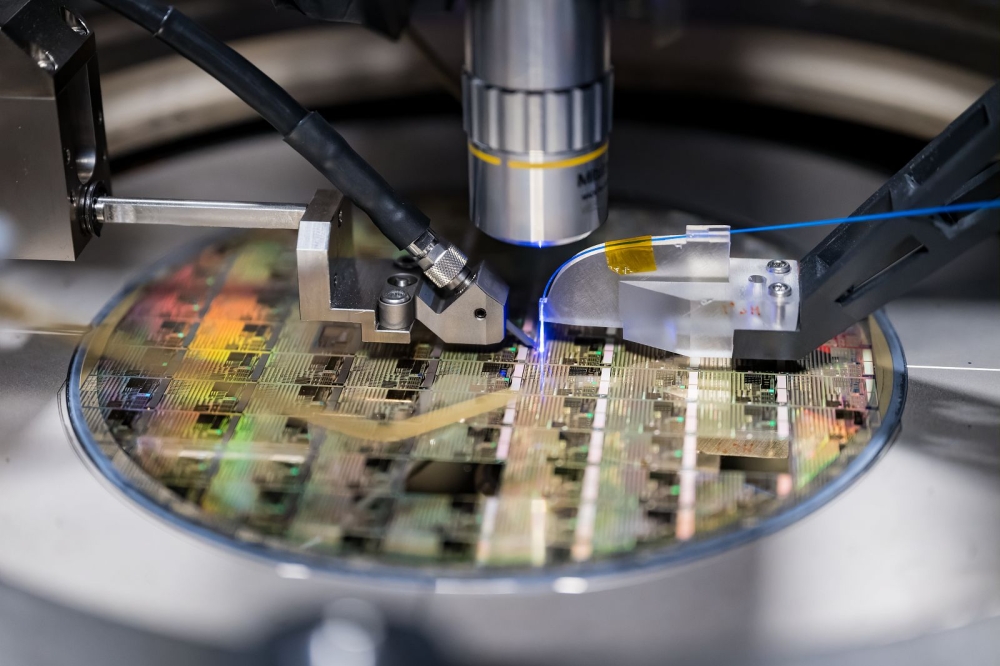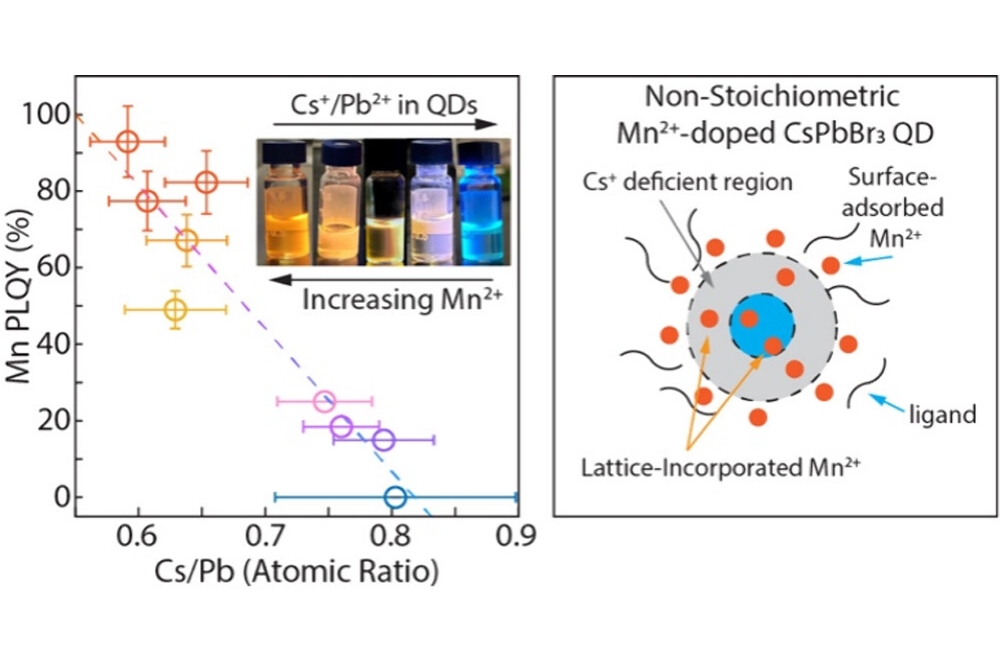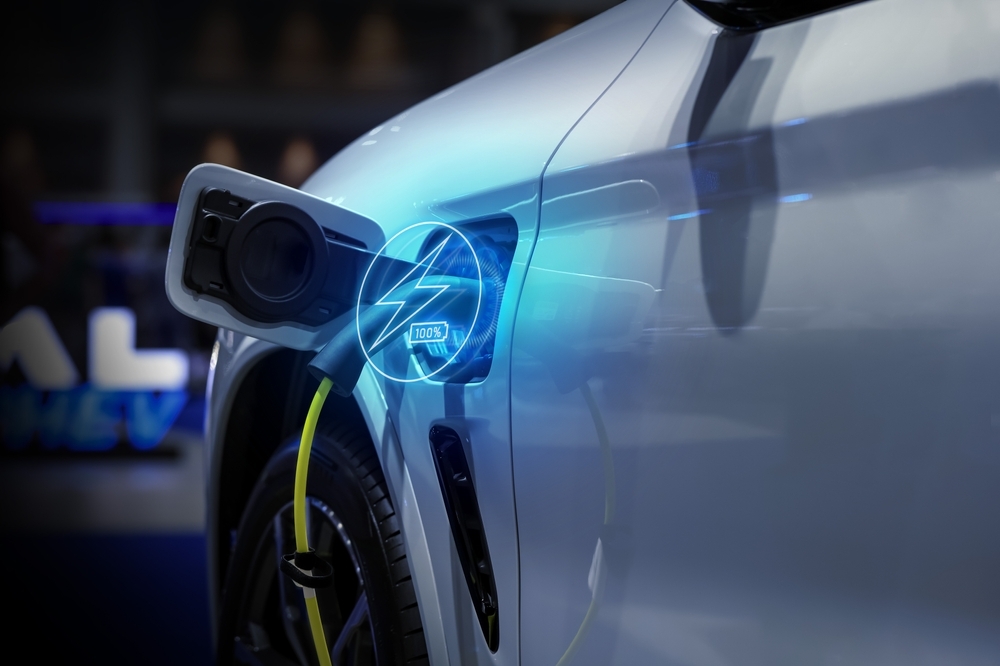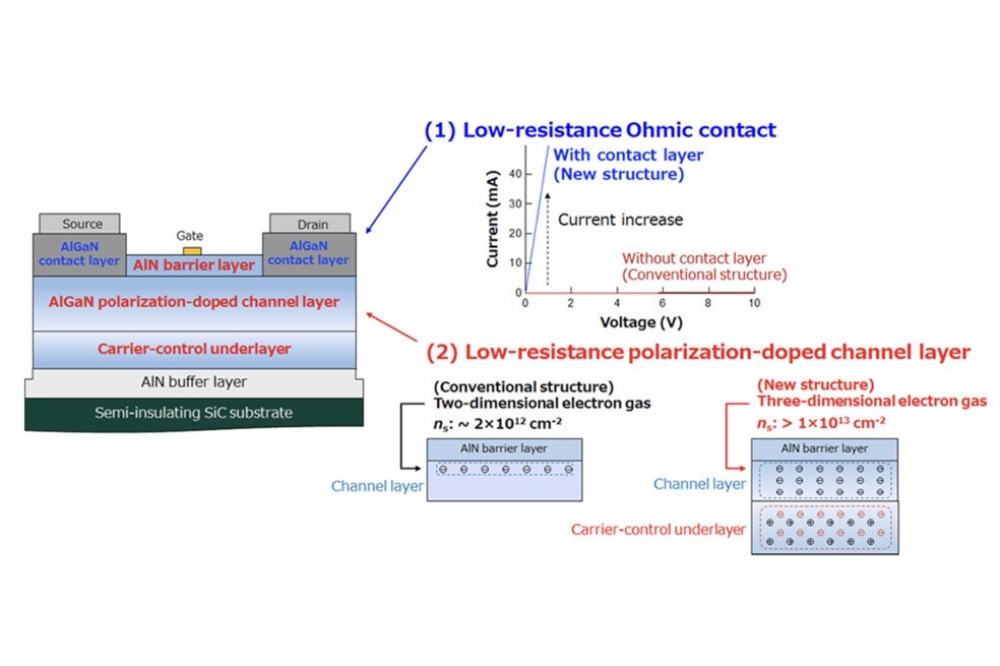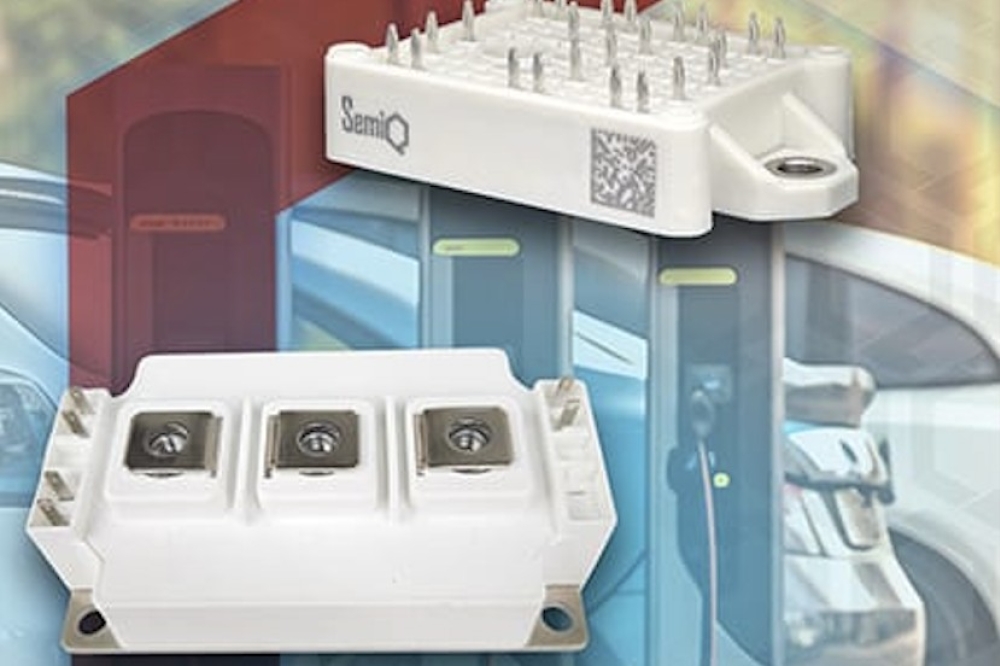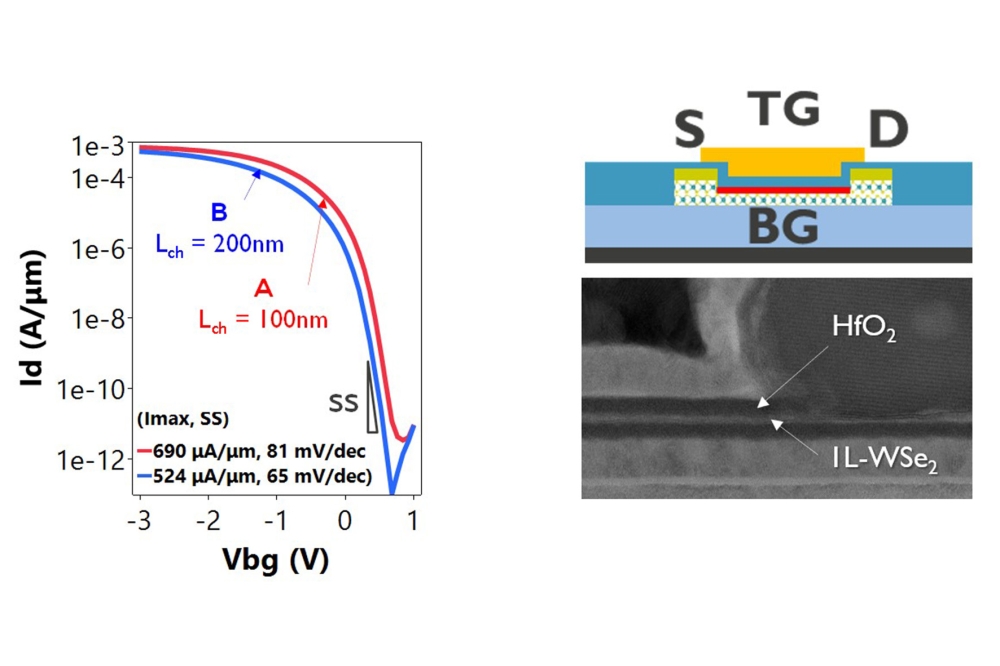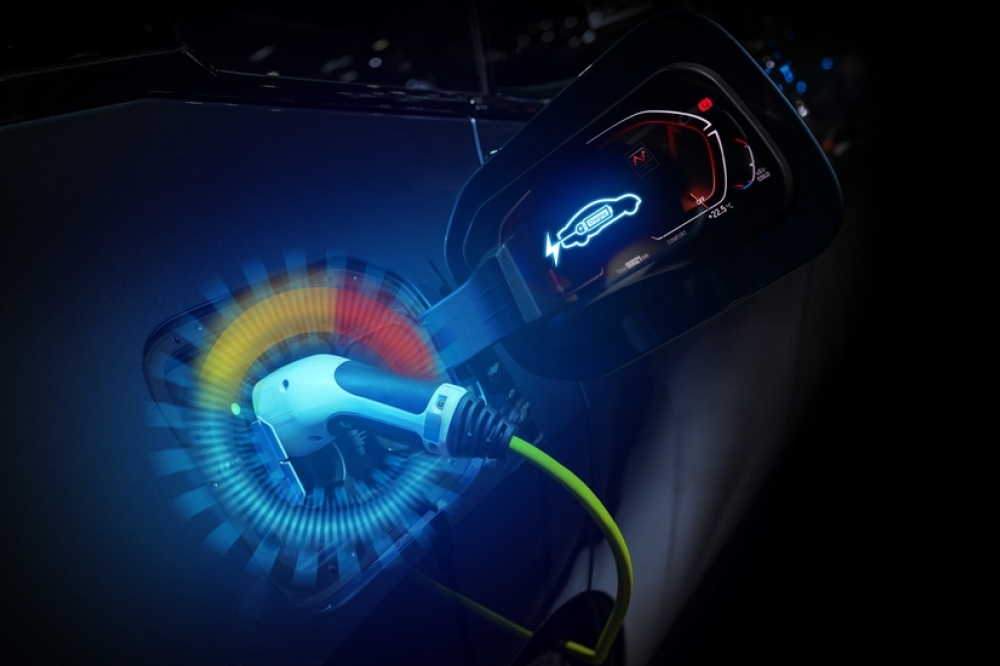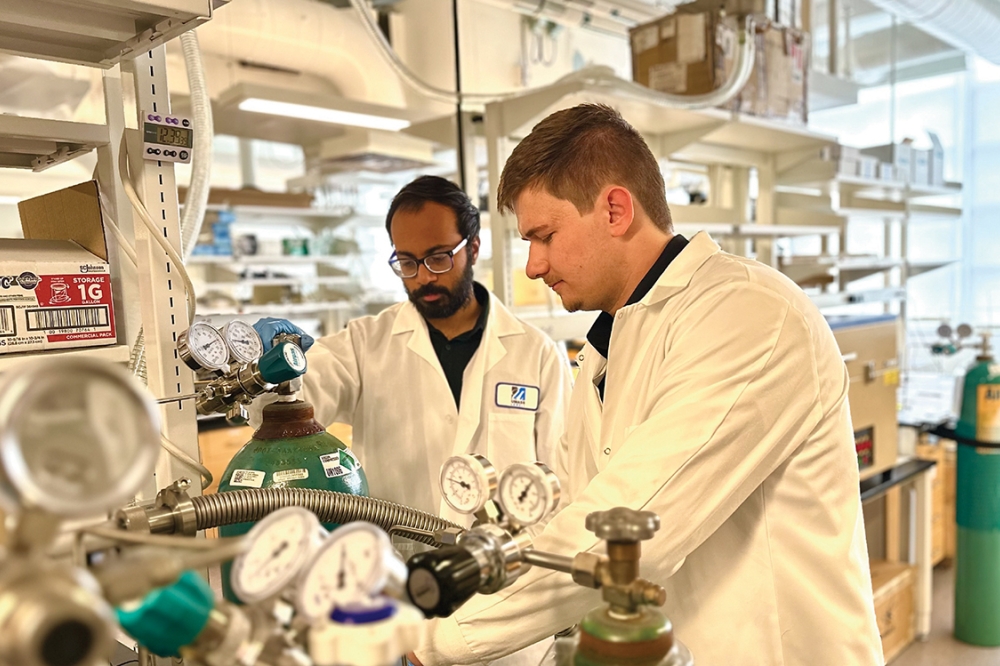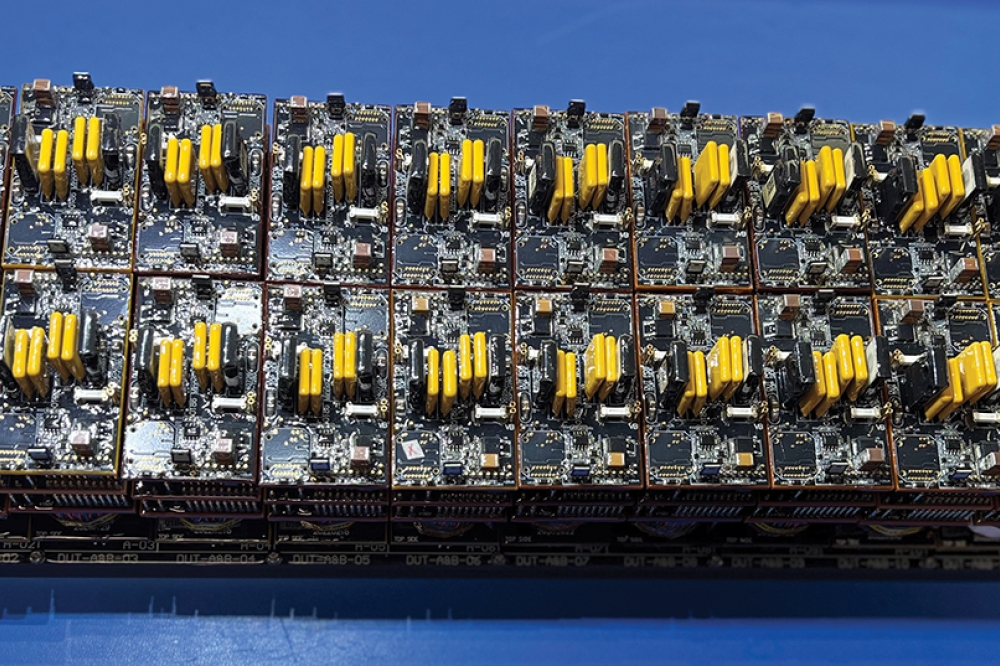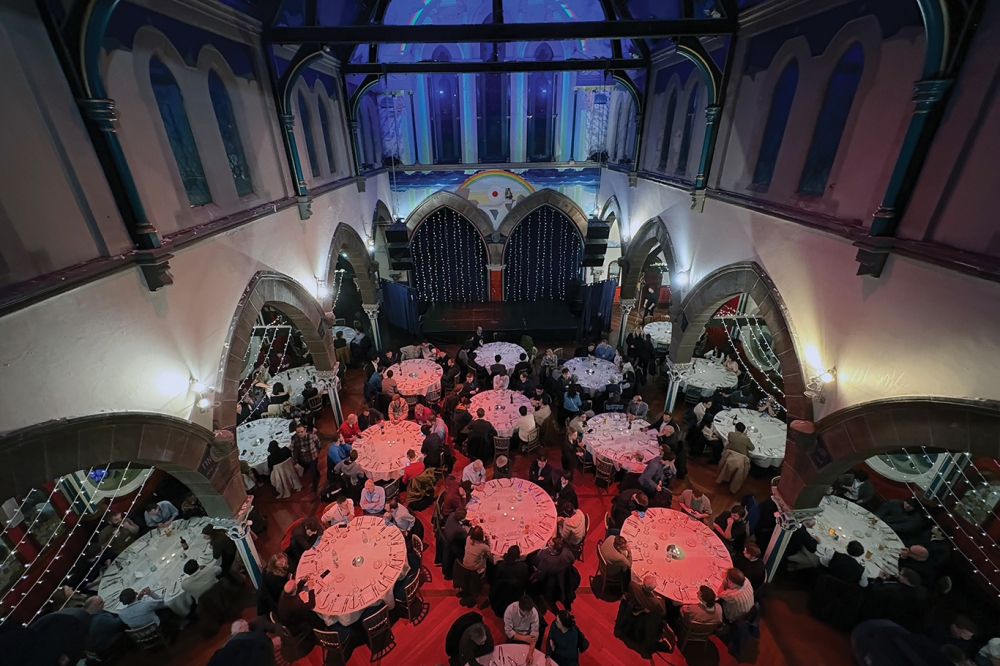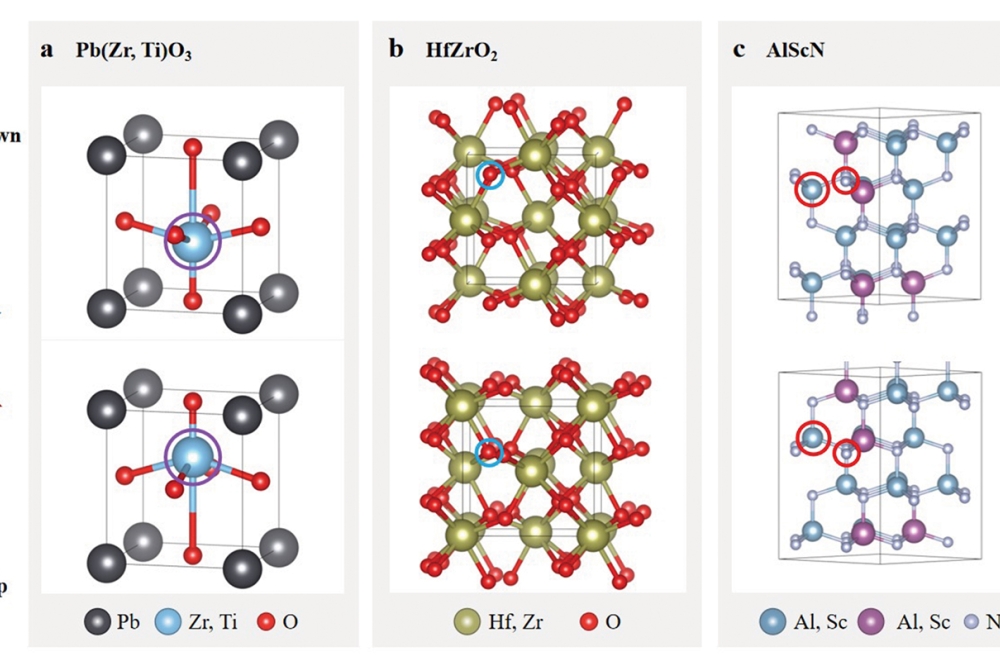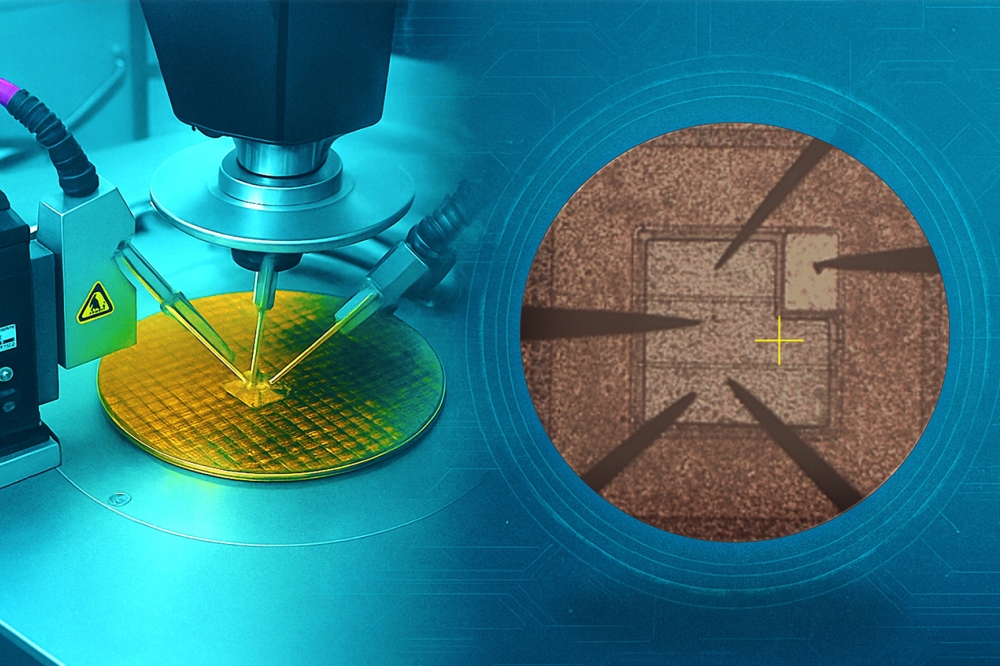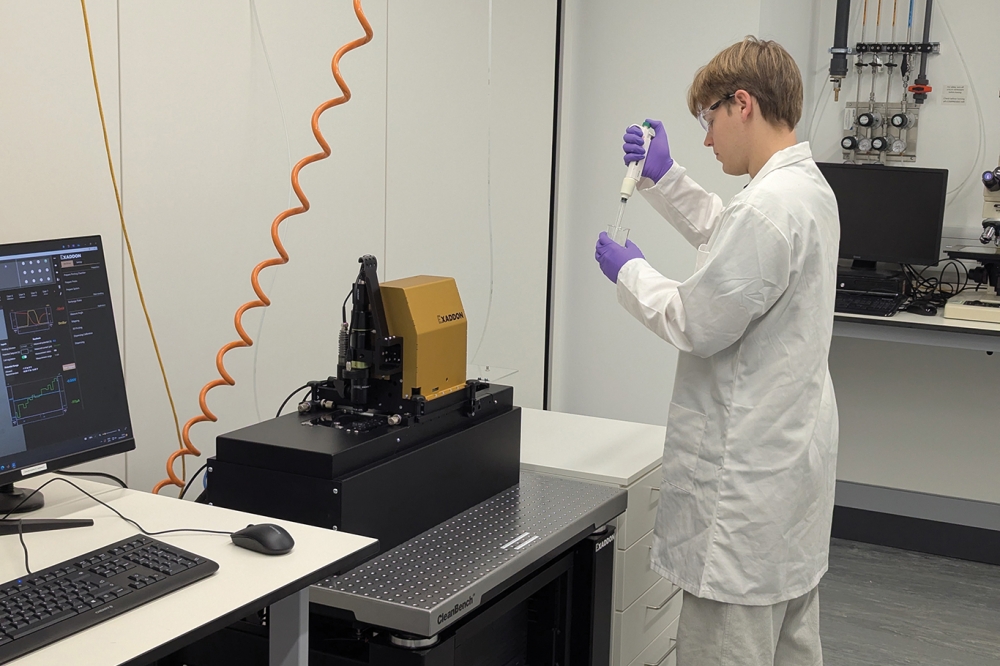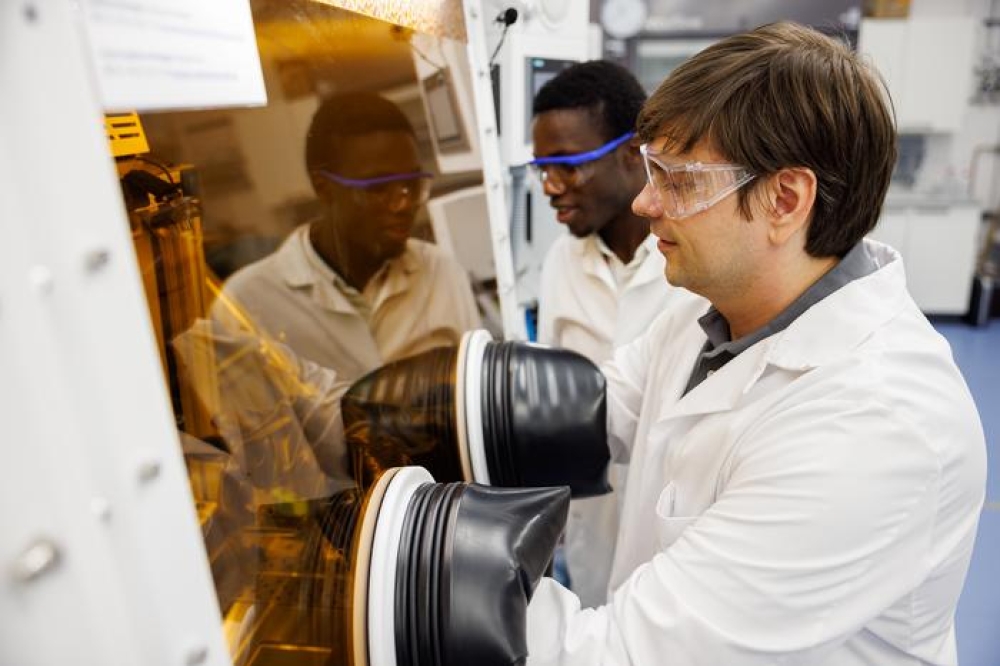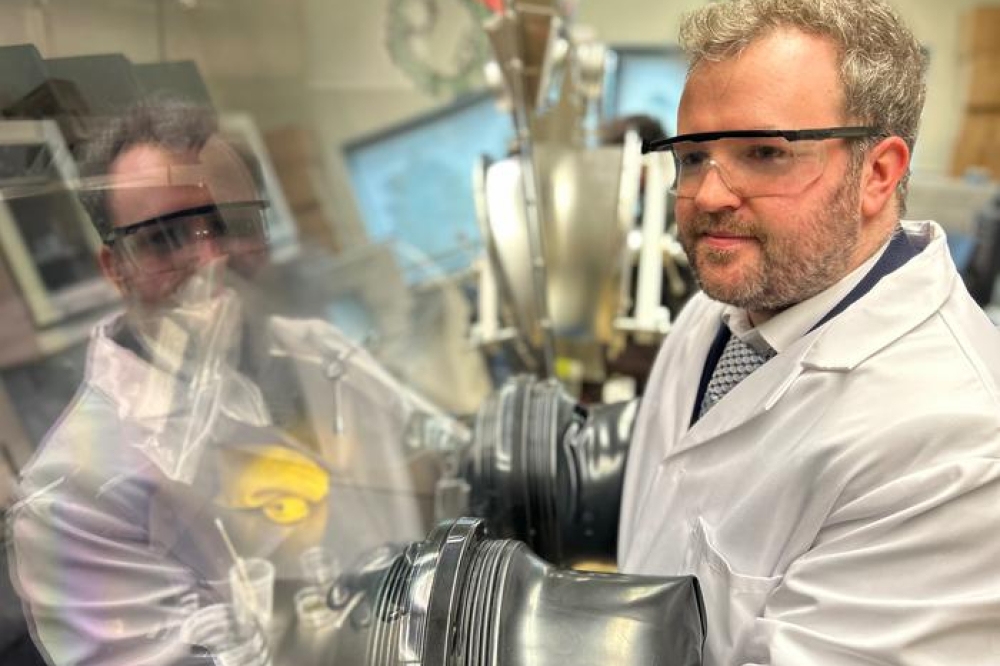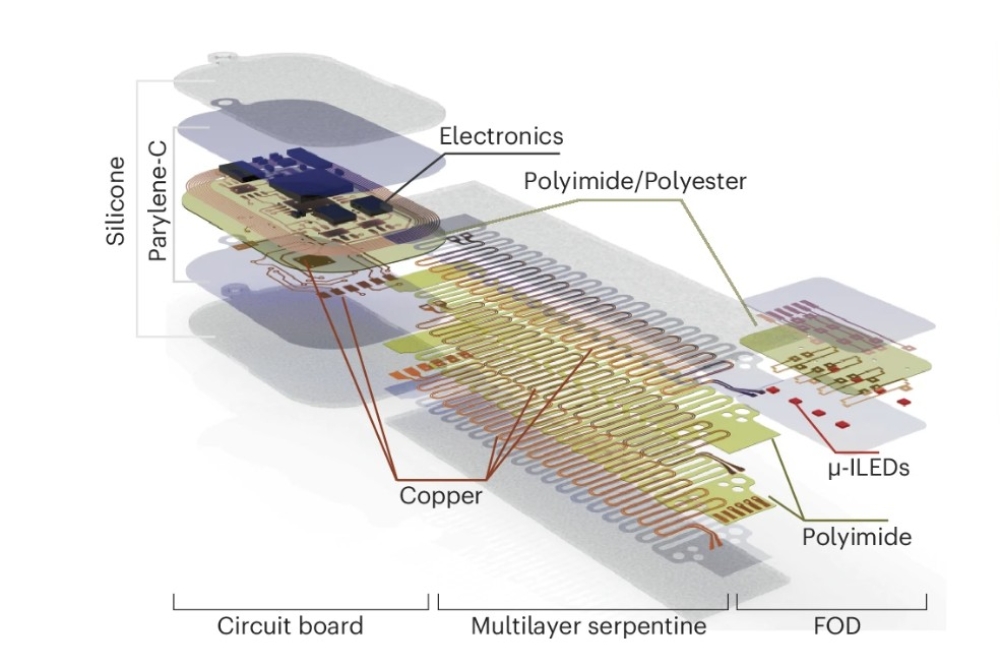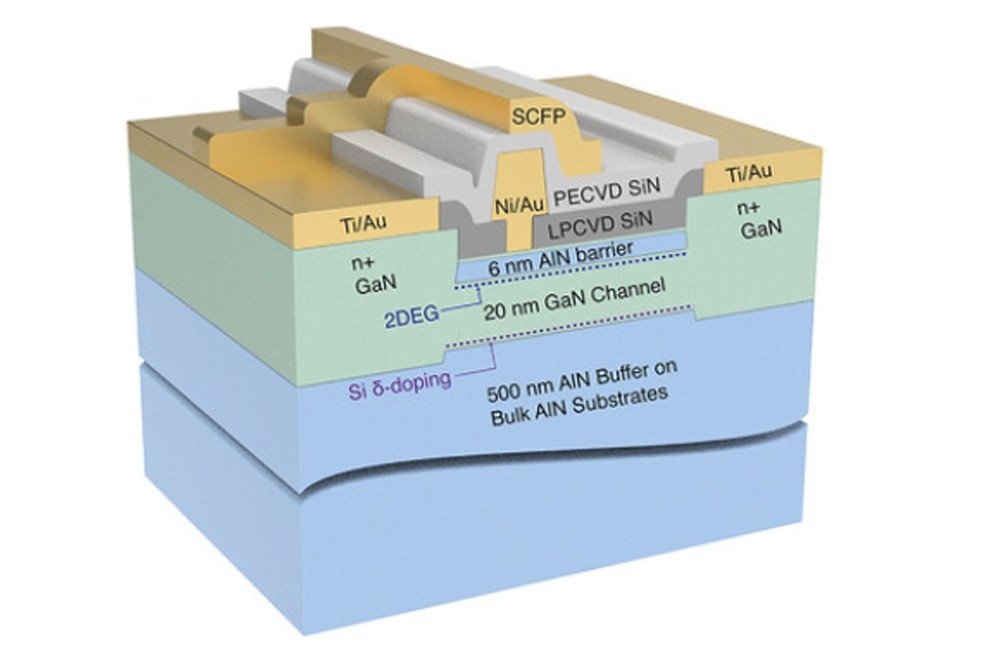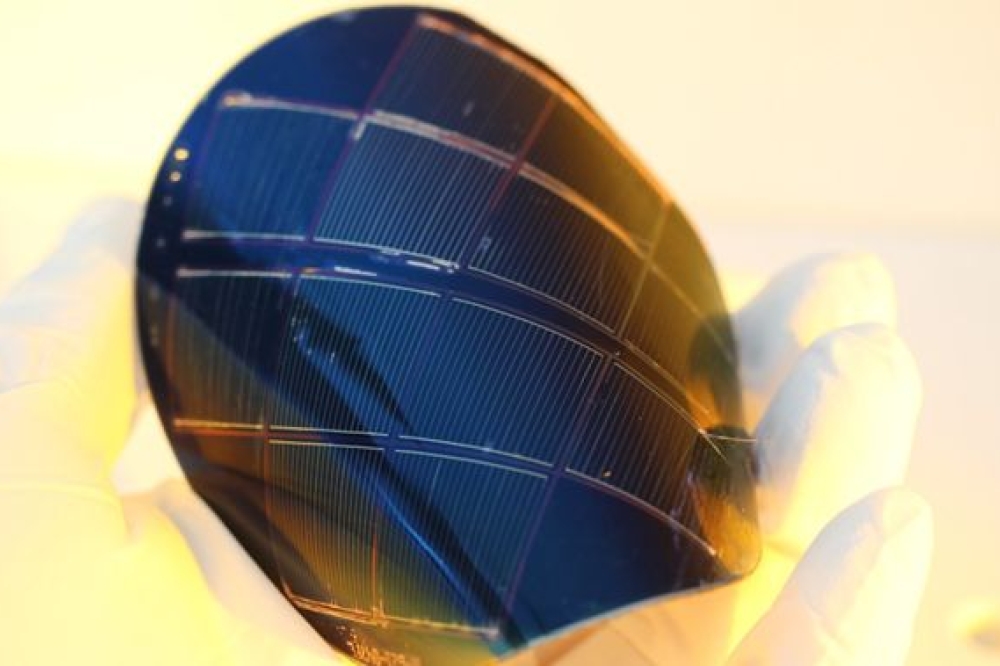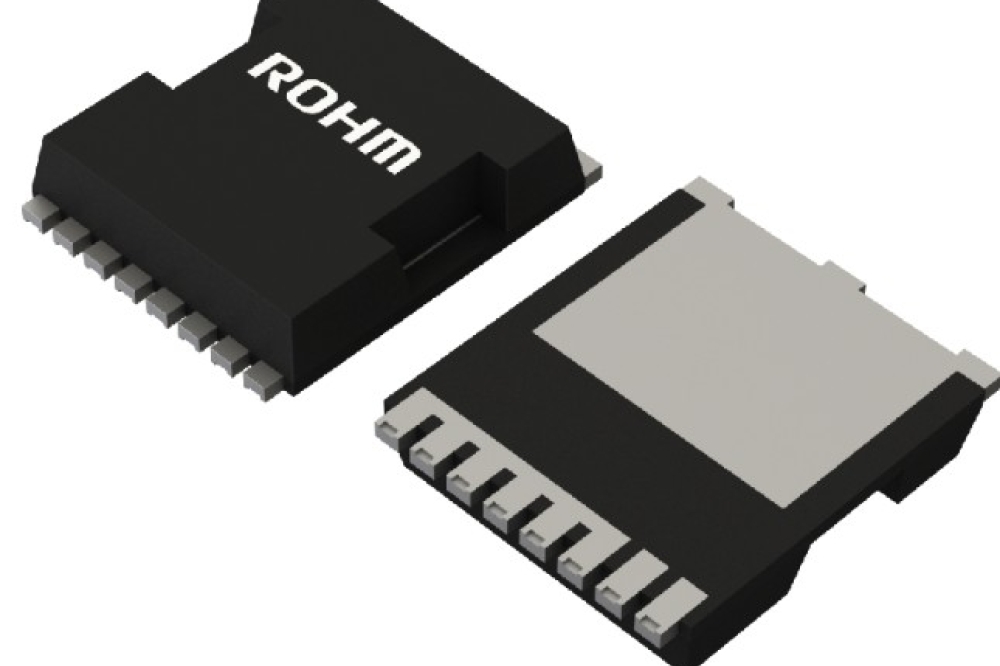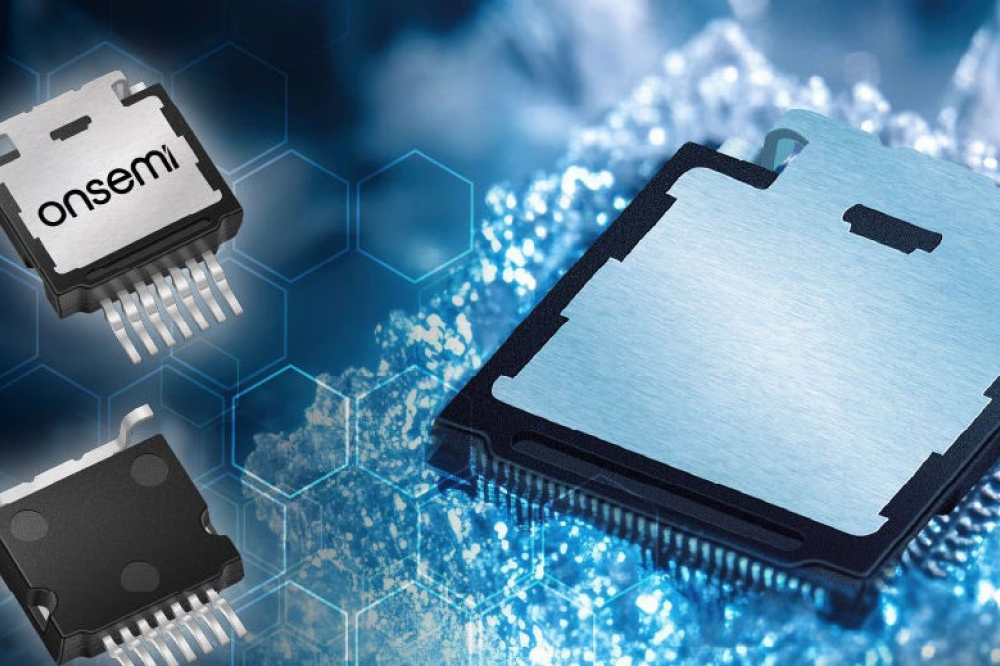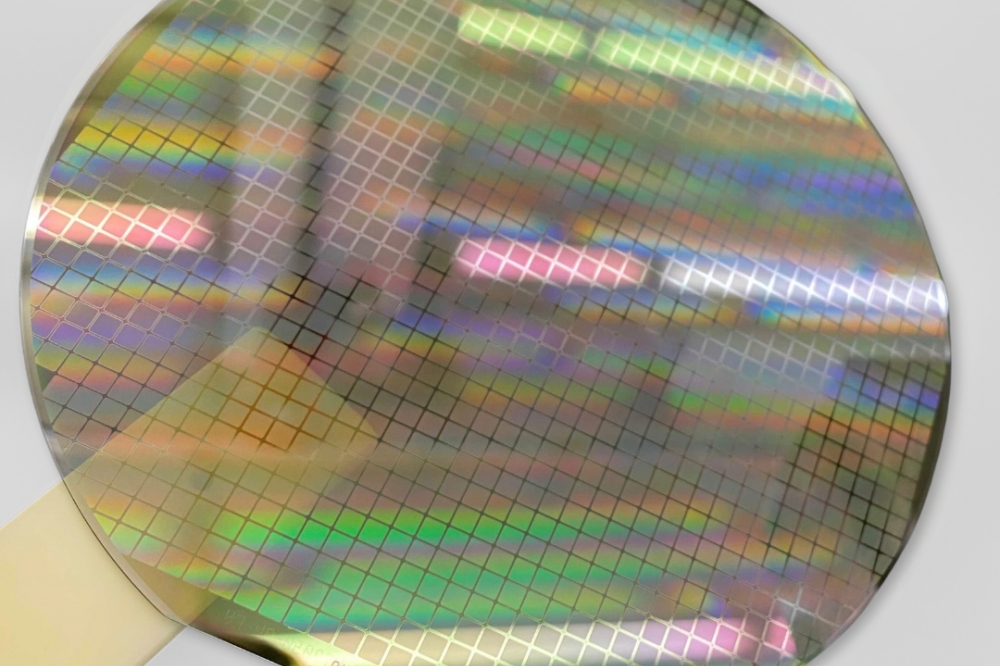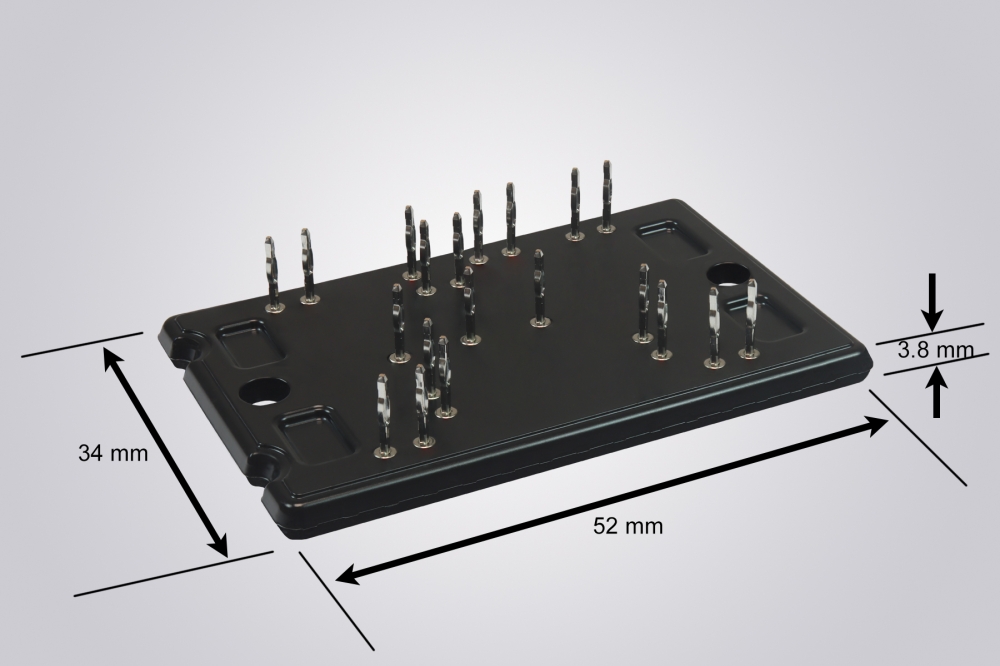Researchers develop tech for future fast-charging stations
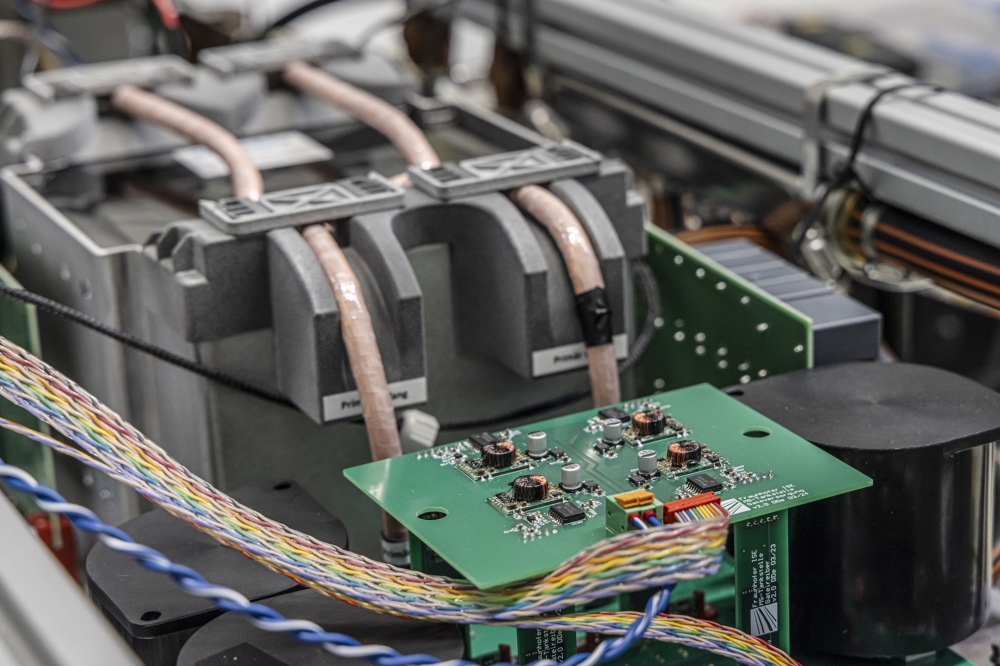
Medium-voltage SiC-based system developed at Fraunhofer ISE enables peak loads of several megawatts
Fraunhofer ISE and partners have developed a SiC-based medium voltage system technology for fast charging stations that will enable peak loads of several megawatts in the future.
The technology, which uses efficient SiC semiconductors and higher voltages, leads to lower material use and lower costs for fast charging stations. At the same time, the system is very efficient and can be flexibly applied to charging stations of different sizes and different vehicle types, according to Fraunhofer ISE.
The system was developed in a project called MS-Tankstelle, to address the need for future charging stations along motorways, in parking lots or at logistics centres to be deliver much more power in a short space of time than they do today.
The average output of a fast-charging system for a car is 150 kW. This rises to 350 kW for buses, vans and small trucks, with higher charging capacities expected in the future. Since electric charging is slower than the refuelling process, around 15 to 25 charging points will be needed in the future instead of the typical eight gas pumps at filling stations today.
Together these charging points will draw around 1.5 to 3.5 megawatts of power when fast charging in parallel, which means that future fast-charging stations can no longer be supplied via the low-voltage grid. Even if the charging station is underutilized, the power required would exceed 300 kW. Also the power distribution within the charging station or parking lot should not be distributed in the low voltage grid. This would lead to big installation costs and large energy losses in cables, due to the long cable runs of e.g. 100 meters or more for 25 parking spaces, coupled with the high powers.
The power electronic system developed in the project with the partners Sumida Components & Modules GmbH, Infineon Technologies AG and AEG Powersolutions GmbH therefore relies on a medium voltage grid that is adapted to a voltage of 1500 VDC using a rectifier.
The higher voltage level enables a higher output at the same current without necessitating the cable cross-section to be increased. The significantly lower copper consumption that results contributes significantly to environmental protection and resource conservation. The value of 1500 VDC was selected for this unit, as it is the boundary limit of the low voltage standard. Above this value, other standards would apply.
An electrically isolated converter couples the direct current (DC) distribution network to the vehicle battery and controls the fast-charging process. The DC converters, each with an output of 175 kW, are designed so that they can easily be connected in parallel in the system. This modular approach makes it possible to build charging stations with lower power charging points for cars and higher power charging points for trucks.
In contrast to domestic wall boxes, charging stations must be highly compatible for different vehicle types. The concept of a central rectifier and a 1500 V DC distribution, which was developed in the project, is advantageous in that the grid connection components (transformer and rectifier) can be dimensioned and scaled more independently of the charging electronics. In view of the high demand for power electronics and components, like cables and transformers, the material requirements for this system are significantly reduced compared to other current solutions.
For an uncomplicated charging process, the charging station should be fully compatible with the CCS1 and CCS2 standards, which are widely established in Europe for vehicle currents up to 500 amperes and voltages up to 1000 volts. In addition, the concept also supports the Megawatt Charging System (MCS) standard. A second converter module is planned to address this. For this variant only a few components need to be adapted.
"The topology we developed in this project finds applications not only in charging stations but also for its integration in renewable hybrid power plants or stationary battery storage systems," explains Andreas Hensel, group manager of High Power Electronics and System Technology at Fraunhofer ISE.
A demonstrator of one charging point will be on show at the Fraunhofer Energy Alliance booth at the E-World from 11-13 February in Essen, Germany.


